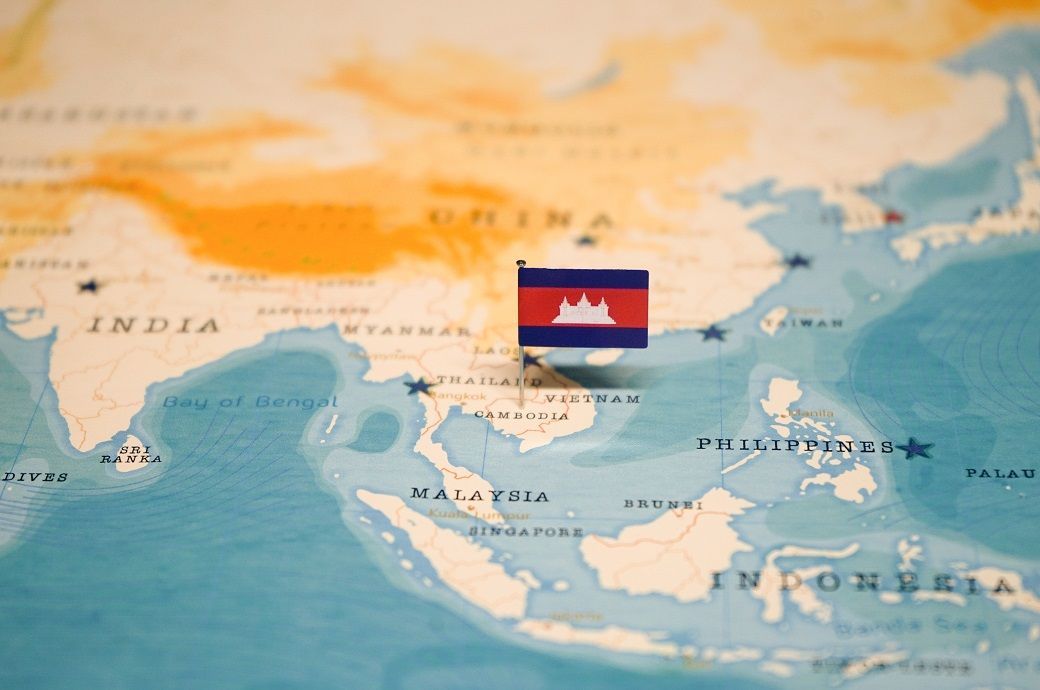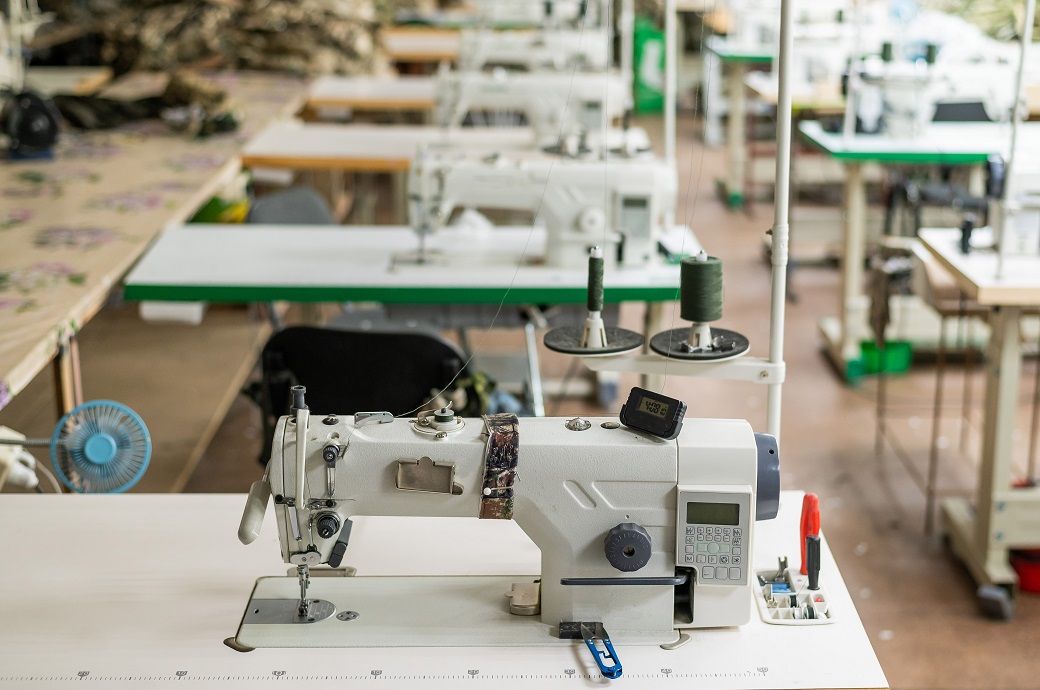
The projections in the ministry’s Macroeconomic Situation and Outlook for 2025 and 2026 report are in line with the Medium-Term Fiscal Framework (2026-2028) published in May this year.
Agriculture, garment manufacturing, non-garment manufacturing, tourism and related services, wholesale and retail trade, and the construction and real estate sectors will drive the country’s growth.
Cambodia’s Ministry of Economy and Finance has projected a GDP growth of 5.2 per cent in 2025 and 5 per cent in 2026, backed by resilient performance across key sectors despite moderating economic momentum.
Agriculture, garment manufacturing, non-garment manufacturing, tourism and related services, wholesale and retail trade, and the construction and real estate sectors will drive the growth.
The garment sector has seen strong growth in the first half this year, before easing in the latter half as US reciprocal tariffs take effect.
Non-garment manufacturing will maintain positive momentum, although industries catering to the domestic market may also face a slowdown in the second half due to countervailing duties.
Wholesale and retail trade remain on an upward trajectory, though weaker purchasing power is beginning to weigh on sales volumes, according to the government report.
The construction and real estate sector is gradually recovering, with activity driven by high-end residential projects and industrial facilities. However, growth remains subdued compared to pre-pandemic peaks.
Key risks include trade disruptions, tariffs and emerging regional tensions. One of the most pressing challenges is the 19-per cent tariff rate affecting the private sector, particularly factories and enterprises.
The report emphasises the need for urgent measures to help businesses diversify export markets beyond their heavy reliance on the United States, while simultaneously strengthening competitiveness and enhancing the industrial value chain.
Compounding the challenge is the continued closure of the Cambodia-Thailand land border, which has disrupted the flow of goods and production materials to industries dependent on the Thai market, domestic media outlets reported.
Fibre2Fashion News Desk (DS)






